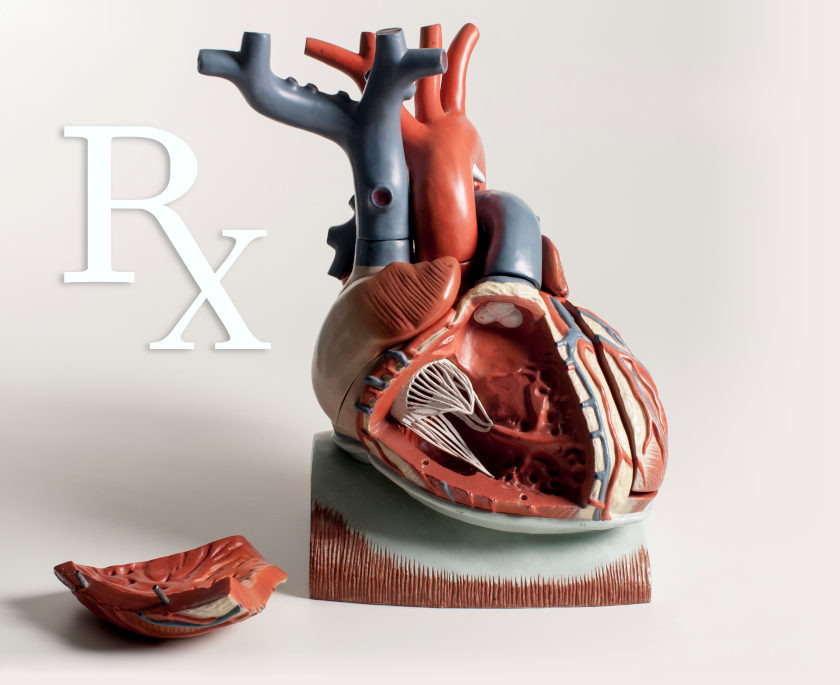Prostacyclin Receptor Agonists
General Pharmacology
Prostacyclin (PGI2) is a product of arachidonic acid metabolism within vascular endothelium and is a potent vasodilator. PGI2 released by the endothelium binds to prostacyclin (IP) receptors on vascular smooth muscle, leading to activation of the Gs-protein pathway, formation of cAMP, inhibition of myosin light chain kinase, and reduced myosin light chain phosphorylation. PGI2 is also an important inhibitor of platelet adhesion to the vascular endothelium and is an inhibitor of vascular smooth muscle proliferation that occurs in disease states. These actions are similar to those of nitric oxide, which is also produced by the vascular endothelium, although nitric oxide acts through cGMP-dependent mechanisms. Endothelial dysfunction or damage, which occurs in atherosclerosis, for example, makes blood vessels more susceptible to vasospasm and thrombosis.
Therapeutic Indications and Specific Drugs
The discovery of vasodilatory and antiplatelet actions of PGI2 led to studies investigating the use of PGI2 and specific analogues to treat vasoconstrictive and occlusive disorders.
One condition for which PGI2 and its analogues are approved is pulmonary arterial hypertension (PAH). The rationale for using PGI2 as a treatment is that idiopathic PAH is associated with reduced vascular production of PGI2; therefore, drugs that bind to the IP receptor may help to restore the loss of an important vasodilator influence on the vasculature.
Epoprostenol is a synthetic PGI2 with a short half-life (3-5 min), which requires the use of continuous intravenous infusions. Iloprost was the first PGI2 analog developed, and is formulated for administration by inhalation, which helps to reduce the systemic vasodilation. Treprostinil is a PGI2 analogue that is distinguished by its much longer half-life. Formulations are available for this drug to be administered intravenously and subcutaneously by continuous infusion, orally, or by inhalation. Selexipag is an orally active IP receptor agonist that is structurally unrelated to the other IP agonists. Its active metabolite has a half-life of ~12 hr and therefore can be administered twice-daily.
Side Effects and Contraindications
Common side effects of IP receptor agonists include flushing, headaches, gastrointestinal (diarrhea/nausea/vomiting), musculoskeletal pain, and systemic hypotension. Epoprostenol is contraindicated in patients with severe systolic heart failure. The antiplatelet action of these drugs increases the risk of bleeding. Pulmonary edema can occur because of precapillary vasodilation.
Revised 11/30/2023

 Cardiovascular Physiology Concepts, 3rd edition textbook, Published by Wolters Kluwer (2021)
Cardiovascular Physiology Concepts, 3rd edition textbook, Published by Wolters Kluwer (2021) Normal and Abnormal Blood Pressure, published by Richard E. Klabunde (2013)
Normal and Abnormal Blood Pressure, published by Richard E. Klabunde (2013)